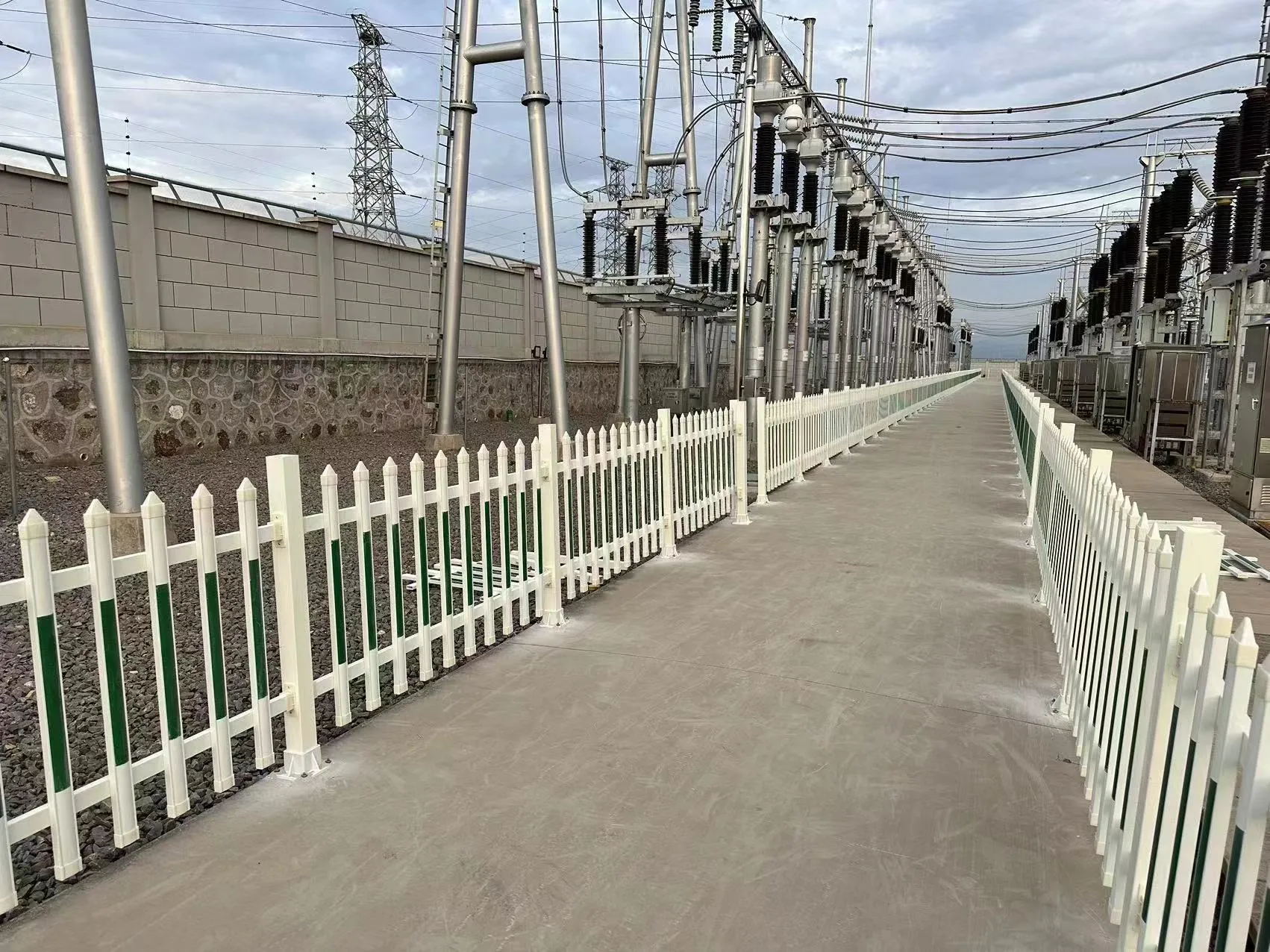loading...
- No. 9, Xingyuan South Street, Dongwaihuan Road, Zaoqiang County, Hengshui, Hebei, China
- admin@zjcomposites.com
- +86 15097380338
- Welcome to visit our website!
Innovative Applications of Fiber Reinforced Polymer Rebar in Construction and Infrastructure Development
The Rising Trend of Fiber Reinforced Polymer Rebar in Construction
In recent years, the construction industry has seen a significant shift towards the adoption of advanced materials aimed at improving structural integrity and longevity. One such innovation that has gained momentum is Fiber Reinforced Polymer (FRP) rebar. Combining the benefits of lightweight composites with exceptional strength, FRP rebar is reshaping the way engineers and architects approach reinforced concrete design.
What is Fiber Reinforced Polymer Rebar?
Fiber Reinforced Polymer rebar is a type of reinforcement bar made from polymer resins and reinforced with fibers, such as glass, carbon, or aramid. This combination offers remarkable advantages over traditional steel rebar, making it an attractive choice for various construction applications.
One of the most significant advantages of FRP rebar is its resistance to corrosion. Traditional steel rebar is prone to rust and degradation when exposed to moisture and chemicals, particularly in environments where salt is prevalent, such as coastal areas or regions subject to de-icing processes in winter. In contrast, FRP rebar does not corrode, resulting in longer-lasting structures and reduced maintenance costs over time.
Advantages of FRP Rebar
1. Lightweight FRP rebar is significantly lighter than its steel counterparts, which simplifies handling and installation on job sites. This can lead to reduced labor costs and faster project timelines as workers can maneuver the material more easily.
2. High Strength-to-Weight Ratio Despite being lightweight, FRP rebar boasts a high strength-to-weight ratio. This means that it can provide the necessary reinforcement in concrete structures without adding excessive weight, which is particularly beneficial in seismic areas where lighter structures can better withstand earthquakes.
fiber reinforced polymer rebar

3. Electrical and Thermal Insulation Unlike steel, FRP rebar is non-conductive, making it an excellent choice for structures where electrical insulation is a priority. Additionally, it has low thermal conductivity, enhancing the energy efficiency of buildings by minimizing heat transfer.
4. Flexibility in Design FRP rebar can be produced in various shapes and sizes, offering architects and engineers greater flexibility in design. This customization can lead to innovative architectural solutions and the ability to meet specific project requirements effectively.
Applications of FRP Rebar
The versatility of fiber reinforced polymer rebar makes it suitable for a wide range of applications. It is frequently used in bridge construction, parking structures, and even in housing projects. Notably, FRP rebar is becoming increasingly popular in precast concrete applications due to its ease of use and performance advantages.
Furthermore, it shows great promise in the rehabilitation of existing structures. By replacing corroded steel rebar with FRP, engineers can extend the lifespan of aging infrastructure without the need for complete reconstruction.
Conclusion
As the construction industry continues to evolve, materials like Fiber Reinforced Polymer rebar are gaining traction due to their distinct advantages over traditional reinforcement solutions. The combination of corrosion resistance, lightweight properties, and strength makes FRP rebar a compelling choice for modern construction. As more projects incorporate this innovative material, we can expect to see enhanced durability and sustainability in our built environment, paving the way for the future of construction engineering. With ongoing advancements in technology and material sciences, the potential applications for FRP rebar are limited only by our imagination and engineering ingenuity.
-
GRP Structures: The Future of Lightweight, High-Performance EngineeringNewsJun.20,2025
-
FRP Water Tank: High-Performance Storage for Corrosive and Clean Water SystemsNewsJun.20,2025
-
FRP Square Tube: The New Industry Standard for Chemical and Structural ApplicationsNewsJun.20,2025
-
FRP Pultruded Profiles: The Ultimate Choice for Lightweight Structural StrengthNewsJun.20,2025
-
FRP Handrails: The Safer, Smarter, and Stronger Choice for Modern InfrastructureNewsJun.20,2025
-
FRP Grating: The Smart Solution for Durable, Lightweight Industrial FlooringNewsJun.20,2025
-
Why Choose a Galvanized Water Tank for Your Storage NeedsNewsMay.21,2025
